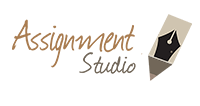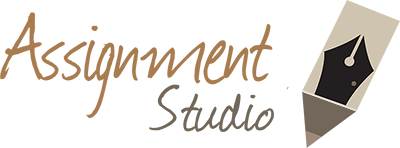Expert's Answer
Chat with our Experts
Want to contact us directly? No Problem. We are always here for you

Your future, our responsibilty submit your task on time.
Order NowGet Online
Assignment Help Services
Want to contact us directly? No Problem. We are always here for you

Your future, our responsibilty submit your task on time.
Order NowGet Online
Assignment Help Services

Our Globally Trusted Assignment Help Service Delivers Tailored Solutions with Expert Guidance, Timely Delivery, and Unmatched Quality for Students in the UK, Australia, and USA!
Assignment Studio © 2025 All rights reserved.
[variable_1] from [variable_2] has just ordered [variable_3] Assignment [amount] minutes ago.


